Shivering from the cold? Blame your hypothalamus
When we get cold, our body’s defence system kicks in. It makes us feel cold, shake and shiver – this is our body’s way of asking us for help. But what is actually going on inside us? And what helps us keep warm? We asked two experts to help us understand what feeling cold involves and how to best avoid it.

It happens when it is really windy, when you can’t keep the rain out, or when the temperature drops. We get cold. We freeze. We start to shake. But – what is really happening inside our bodies, and why do we react the way we do?
“Our skin is a network of sensors that is constantly sending information to our brains. If it feels a change in temperature, it immediately sends information to the hypothalamus in the middle of our brain, to tell us that our body needs to do something to maintain its core temperature,” says Roger Kölegård, researcher in environmental physiology at KTH Royal Institute of Technology in Stockholm.
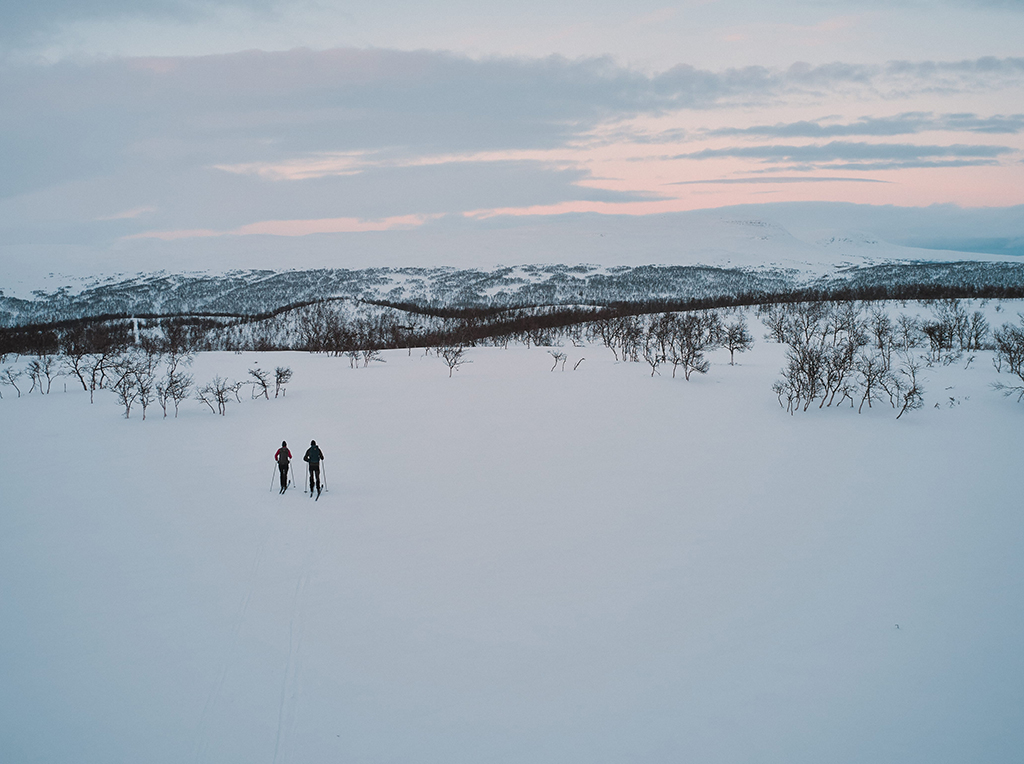
He conducts research on how people react to extreme environments, including extreme cold, heat, heights, deep water and g-forces. Among other things, his research looks into how we can reduce injuries caused by the cold, how people can adapt to cope better with lower temperatures and how the mechanisms that control our blood flow work.
The first thing that happens when we start to get cold is our blood vessels narrow to reduce blood flow near the body’s surface. The body starts to focus on keeping its core warm, while the skin and, for example, the hands and feet, get colder if we don’t put something warm on them.
Preventing cold injuries – a checklist
At the start of the day
- Prepare food and drinks. Plan time to take breaks and eat meals.
- Create a travel plan for the day and have at least one, but preferably more, alternative plans in case your circumstances change.
- Check the temperature, wind and weather forecasts.
- Check your clothing and equipment.
- Don’t shower or shave in the morning.
- Start your day dry, warm and well-fed.
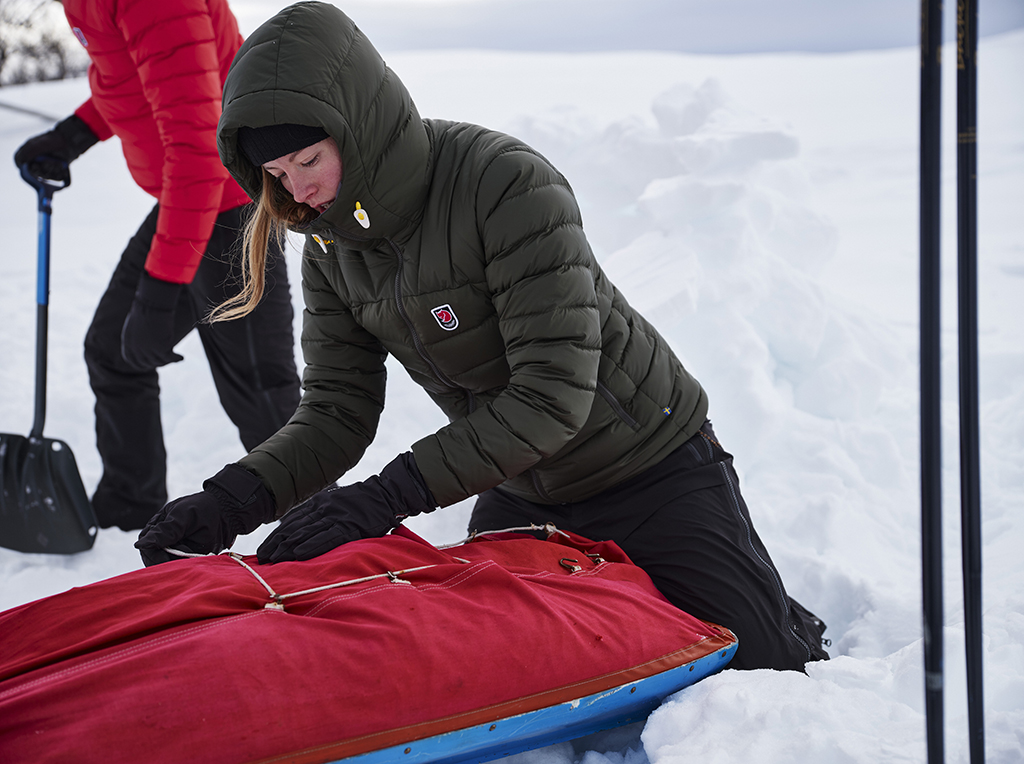
While on the move
- Adapt your speed to the temperature and weather.
- Adapt your clothing as needed – is everything dry?
- Be aware of the general state of health of everyone in the group.
- Check your hands, feet and face (white spots/loss of feeling).
- Eat and drink regularly.
- If the weather changes and, for example, a strong wind picks up, turn around or seek protection.
- When standing or sitting still, use a piece of insulating material as protection from the cold ground.

At the end of the day
- Take care of your personal hygiene.
- Inspect your hands and feet.
- Massage your feet and use lotion on your hands to prevent chapping.
“Maintaining blood flow to the brain is the main priority, but the whole torso normally has a relatively stable temperature. In the legs and arms, the temperature can drop quite radically, however,” explains Roger.

Getting used to the cold
Once you have become cold, you need to change your behaviour – move about or put on more clothes, to create more warmth or reduce heat loss. Here also, the body’s signals to the brain have control. As long as we are not so cold that we become apathetic, we will get impulses to defend ourselves. One common behaviour is that we start to move about to generate heat.
“But if you cool down the sensors in the skin quickly, or if your core temperature drops, you will start to shiver. That’s the next line of defence to keep your core temperature up. It is an involuntary muscle response that you can’t control yourself – it’s the body’s way to try and generate some warmth,” says Roger.
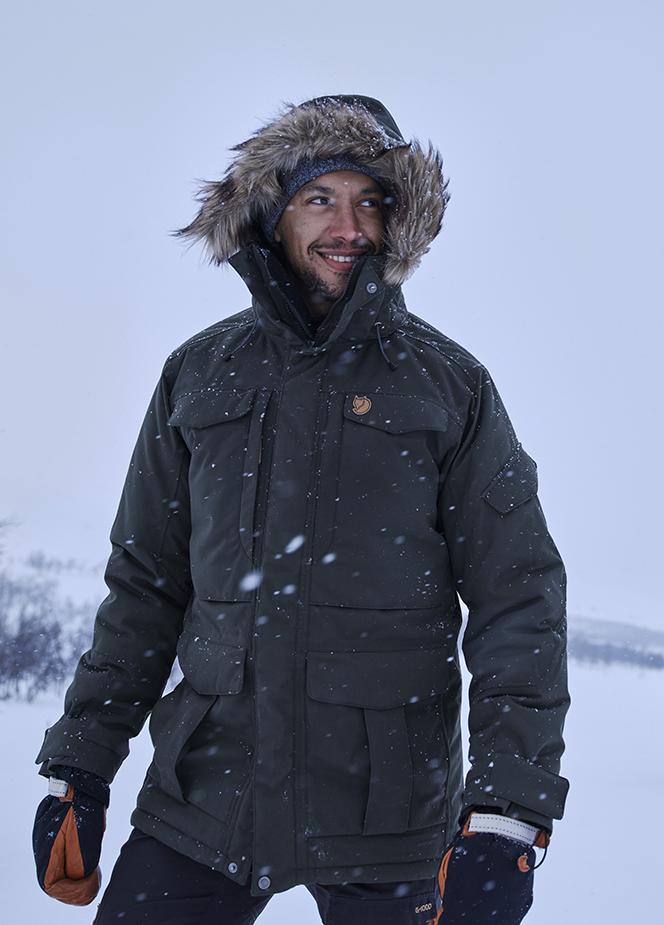
One thing that happens when the temperature drops in your hands is that your fine motor skills get worse. We all recognise this. We fumble, we can’t do what we can usually do with ease.
“But to a certain extent, you can get used to being cold. Research has shown that people who are more used to it can maintain better functionality in their hands despite low temperatures. Their bodies have begun to allow a little more blood to be pumped to the skin, so hands, for example, can work better. This is also why we experience the beginning of winter to be colder than the end – you quite simply get used to it.”
That different people feel the cold differently is obvious, and there is scientific proof that women generally have colder hands and feet than men. “Unfortunately, temperature regulation in women is less studied than in men, and this depends on several factors,” says Roger. Men are more willing to be research participants, and women’s temperature regulation ability is affected by hormones – which change a lot on a monthly cycle.
Keep the warmth in
There are several things that affect how cold we get. Factors such as metabolism, physical work and breathing are all important. These are all things that aren’t affected by the way we dress.

“But there are other things we can affect,” says Felix Aejmelaeus-Lindström, production coordinator at Fjällräven. He names radiation, convection, conduction and evaporation as factors that influence material choice, and how we dress ourselves.
“If you are cold, it means you have lost heat from your body. So what we want to do then is to trap warm air inside our clothes, creating layers of air that function as insulation. We can do this by using windproof fabric and ventilation openings in the right way,” says Felix.
A lot of the time, a fleece mid layer and a thick wind jacket are enough. The outer layer doesn’t need any kind of warming ability, it just has to keep the wind out. Then the body can warm up the layer of air closest to the skin. To keep the air layer warm, you need to avoid heat-conducting materials in clothes that should keep you warm.
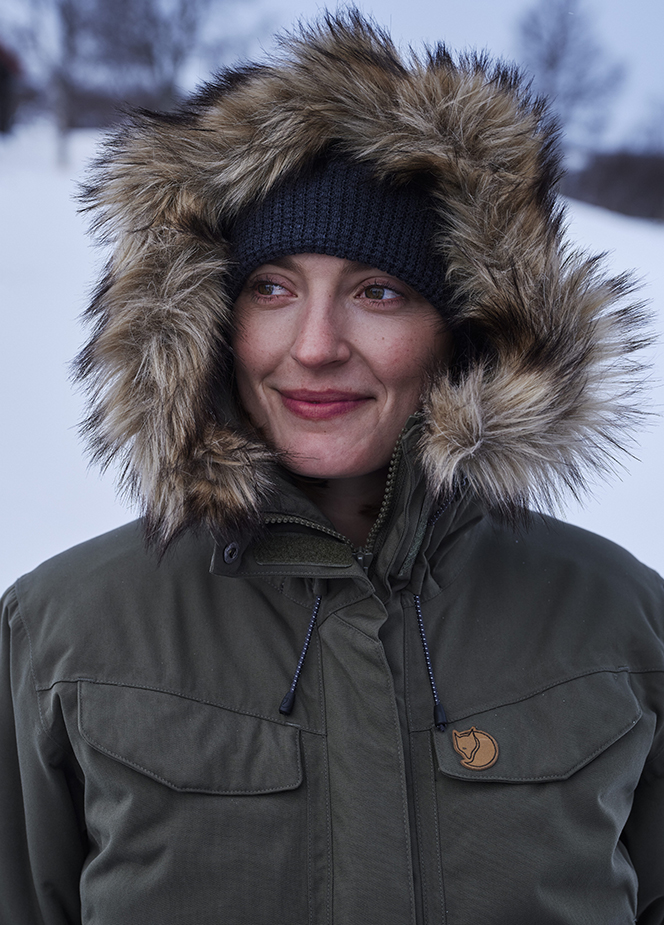
“For example, you don’t want metal buttons that go all the way through a winter garment. Metal conducts heat, so metal buttons can conduct cold in from the outside. We do, on the other hand, want to use insulating materials, like down or wool. And for the garment to be as warm as possible, its construction needs to avoid there being any cold spots”, says Felix.
But, he adds, if you are already cold, a warm garment isn’t going to warm you up. Clothes keep warmth in, but the warmth itself has to be generated by your body.
“This is really obvious when you get into a sleeping bag when it is really cold out. If you are cold when you get into the bag, you will be cold once you are in there too. But if you warm yourself up before you get in, your body will warm the sleeping bag up, the sleeping bag will trap the warmth and you’ll have a good night’s sleep,” says Felix.
Avoid sweating
Another really important factor in the keeping warm equation is of course evaporation. If you get wet, you’ll get cold. So it is crucial that you don’t get warm enough to break a sweat when it is cold out.

“As long as you are moving, it won’t be a problem. But once you stop and especially if there is a slight breeze, you will cool down quickly and get cold,” says Felix.
“This is why it’s so important to dress in garments that transport moisture away from the skin. And that you use a clothing system with different insulating layers and well-planned ventilation, depending on what the circumstances are. It is like a gearbox with different gears.”
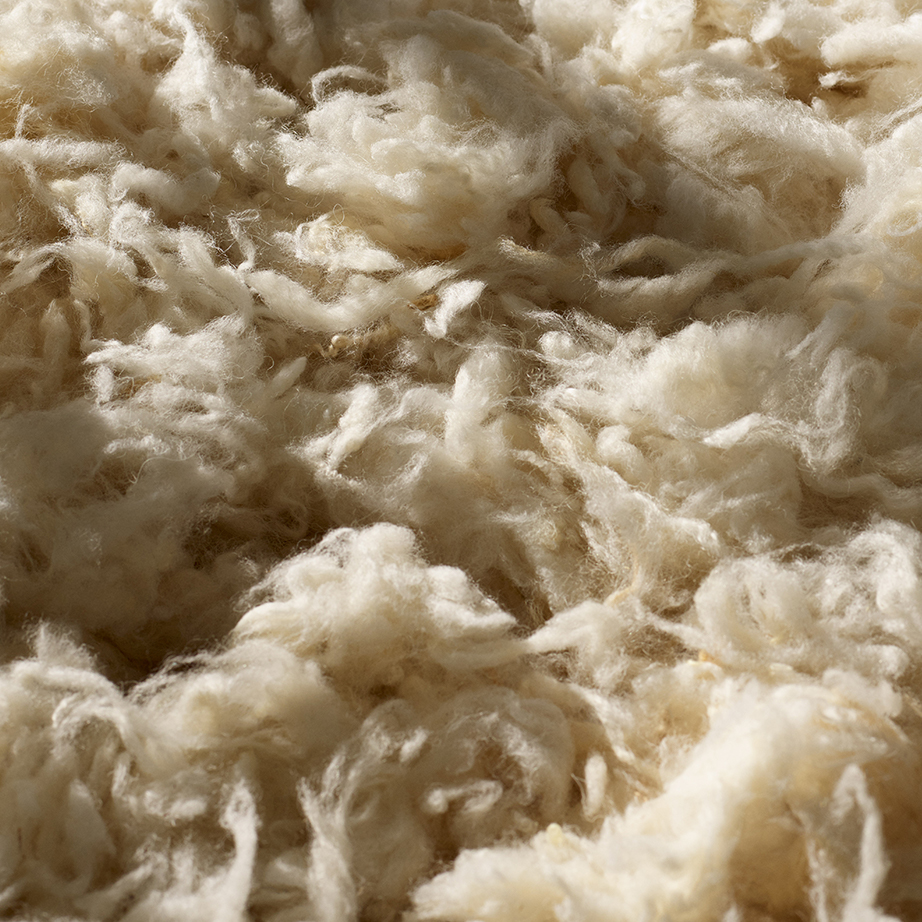
A wool layer closest to the skin is a good start. Wool is well known for its ability to wick away moisture and provide warmth. But you also need to think about how you wear your clothes, and how you can block airflow for the best possible insulation.
You can get used to being cold. Research has shown that people who are more used to it can maintain better functionality in their hands despite low temperatures.
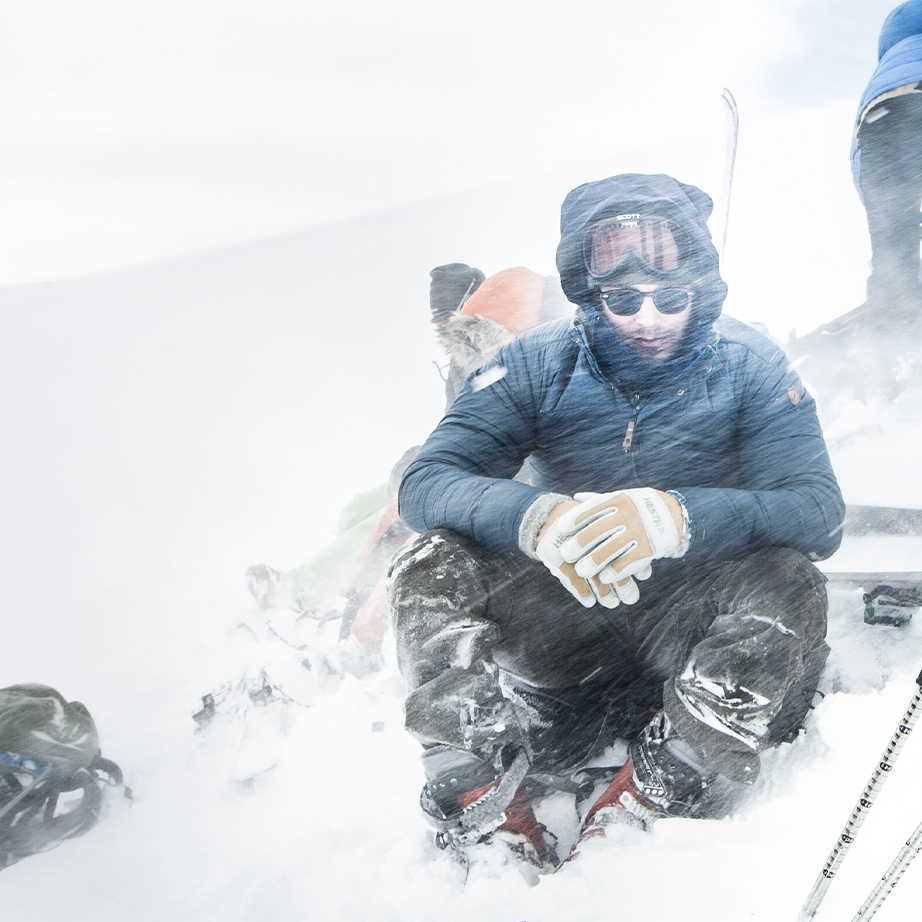
“You can have the world’s warmest down jacket on but if it’s too big, heat will escape out through the neck opening. And this will create a vacuum that sucks in cold air from below,” says Felix.
Roger agrees that it is a combination of what we do, what materials we use and how we dress in each situation that affects how well we maintain our warmth.
“If you stand waiting for the bus when it is cold outside and start to move around a bit to stay warm, you can lose more energy that you create. You warm up the air closest to the skin, sure, but if you kick your legs, that warm air might exit via your trouser legs,” he says.
This scenario is hardly a problem if you are only waiting for a bus in the city, but if you are out in the mountains, the situation can become more threatening. It’s so important to protect yourself from wind and moisture.

“The most important factor is our behaviour. That you dress well, make sure you don’t get wet and don’t get apathetic if you get cold. If your core temperature drops, you have to move properly to get it up again. You need to do more than hop about on the spot, you need to really get your pulse up. And primarily you need to wear clothing that keeps moisture and wind out,” says Roger.
He also emphasises the importance of staying dry. Water conducts heat, so to make sure you don’t get damp, and thereafter cold, you need to make sure you don’t have too many clothes on when you are exercising. Because if you start sweating, you will get wet. It’s much better to be a bit cold at the beginning than to be too warm once you have your pulse up. Then, when you take a break you can put on an extra layer to keep that warmth in.
’ NATO’s soldier handbooks from all over the world say that you should always check that you are not wearing too many clothes before you go out in cold weather. It is never mentioned that you need to check if you have too little clothing on.
“Because that never happens,” says Roger.
